WaterMate Smart Irrigation Controller: A Case Study
We recently partnered with WaterMate to develop a smart irrigation controller designed for deployment in remote regions worldwide. This device is solar-powered and equipped with cellular connectivity, ensuring efficient water management even in areas lacking traditional power and communication infrastructures.
Project Overview
WaterMate approached us with a vision to create an irrigation controller that could operate autonomously in remote locations. The primary objectives were:
Sustainable Power: Utilise solar energy to ensure uninterrupted operation without reliance on external power sources.
Remote Connectivity: Implement cellular communication to allow real-time monitoring and control from anywhere in the world.
Robust Design: Develop hardware capable of withstanding diverse environmental conditions.
Our Approach
We adopted a comprehensive, phased approach to bring WaterMate's vision to life:
Ideation and Conceptualisation: Collaborated closely with WaterMate to understand their requirements, the challenges of remote irrigation, and the specific needs of end-users.
Proof of Concept: Developed initial prototypes to validate the feasibility of solar power integration and cellular connectivity.
Custom Hardware Development: Designed and engineered bespoke hardware solutions, including custom PCBs and durable enclosures tailored to the project's unique demands.
Testing and Iteration: Conducted rigorous testing in simulated environments to ensure reliability, followed by iterative refinements based on performance data.
Deployment Support: Assisted in the initial deployment of the controllers, providing technical support and resources to ensure seamless integration into WaterMate's operations.
Challenges and Solutions
Developing a device for remote regions presented several challenges:
Power Management
Challenge: Ensuring the controller remained operational during prolonged periods of low sunlight.
Solution: We conducted extensive research on power consumption optimization and selected high-efficiency solar panels that could generate sufficient energy even in low-light conditions. Additionally, we integrated a power management system with a maximum power point tracking (MPPT) controller to optimise solar energy harvesting. To prevent power loss during cloudy days or nighttime, we implemented high-capacity lithium-ion battery storage and advanced low-power microcontrollers to extend battery life.
Connectivity Reliability
Challenge: Maintaining stable cellular connections in areas with limited network coverage.
Solution: We incorporated multi-band cellular modules capable of switching between available network providers to ensure uninterrupted connectivity. Furthermore, we implemented an adaptive data transmission algorithm, reducing the frequency of data updates when the network signal was weak while ensuring essential control functions remained operational. To prevent potential connection failures, we integrated a watchdog system that automatically resets the communication module in the event of a prolonged signal loss.
Environmental Durability
Challenge: Protecting the device from harsh environmental factors such as extreme temperatures, dust, and moisture.
Solution: We designed a ruggedised enclosure, providing protection against dust ingress and temporary water immersion. The enclosure was made of UV-resistant materials to withstand prolonged exposure to sunlight and varying climatic conditions. Additionally, we selected industrial-grade components rated for extreme temperature variations, ensuring the device's reliability in both hot and cold environments.
Ease of Installation
Challenge: Simplifying deployment and ensuring seamless integration with WaterMate’s backend system.
Solution: We worked closely with WaterMate to develop a backend system that integrates seamlessly with our QR code-based provisioning process. This approach allows for quick and error-free device registration, reducing installation time and minimising manual configuration. By scanning a QR code, installers can automatically link each controller to the WaterMate platform, enabling instant connectivity and configuration. Furthermore, we provided comprehensive documentation and user-friendly installation guides to streamline deployment.
Outcome
The collaboration culminated in a robust, efficient, and user-friendly smart irrigation controller that met all of WaterMate's objectives. The solar-powered system ensures sustainability, while cellular connectivity allows for real-time monitoring and control, significantly enhancing water management in remote agricultural areas.
Conclusion
This project underscores our dedication to delivering customised solutions that address specific client needs. By leveraging our comprehensive service offerings—from ideation to deployment support—we empower our clients to overcome challenges and achieve their goals.
For more information about our services and how we can assist with your product development needs, get in touch today.


